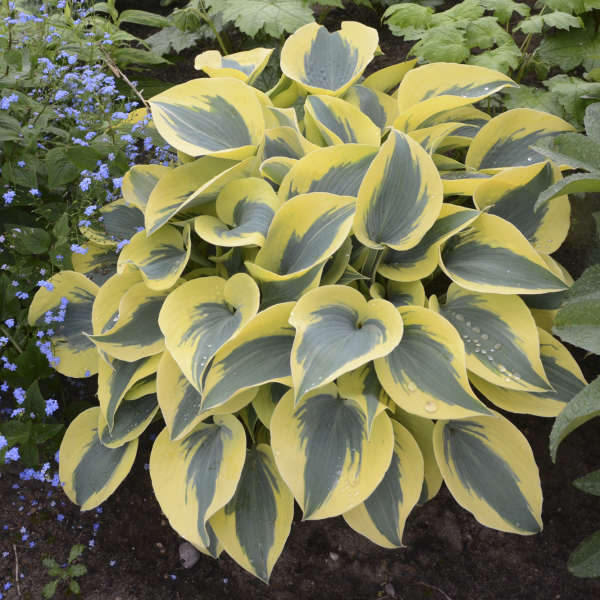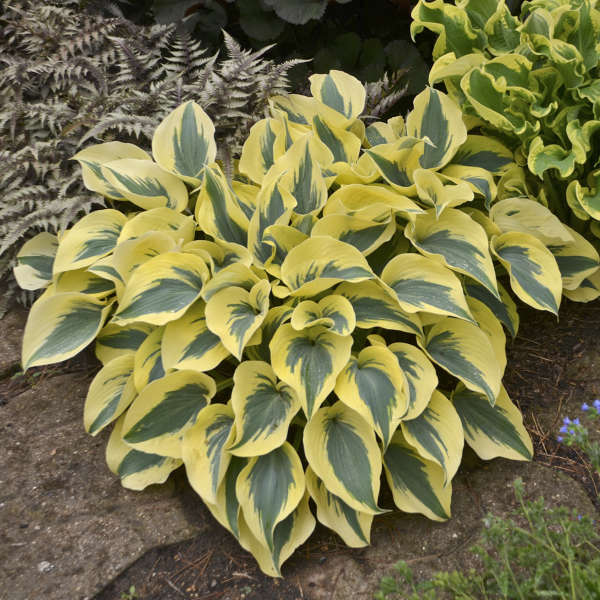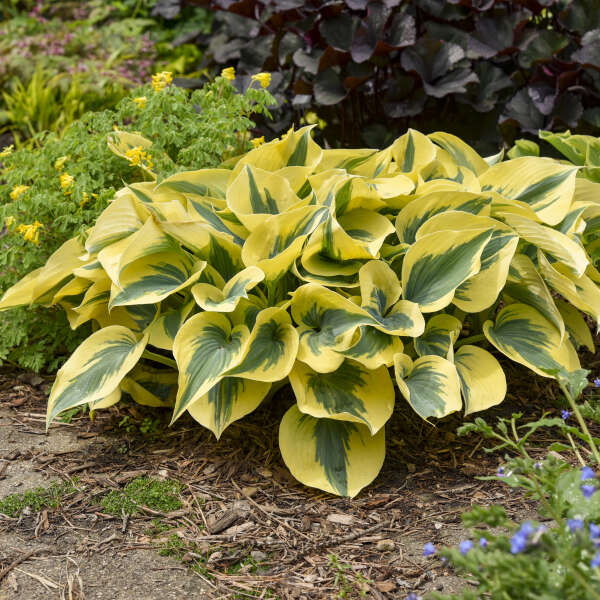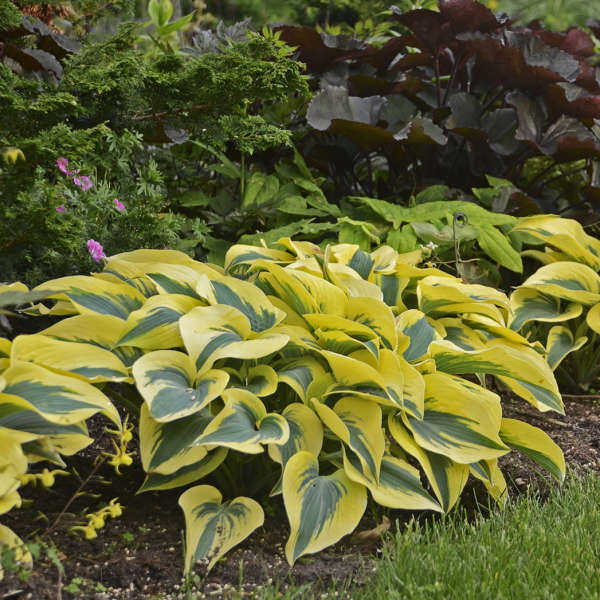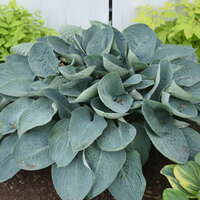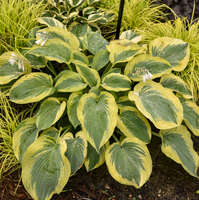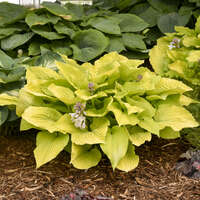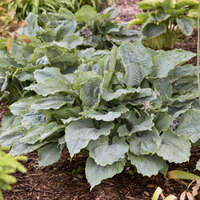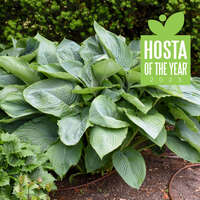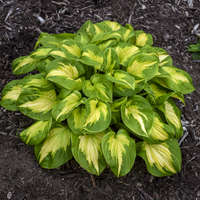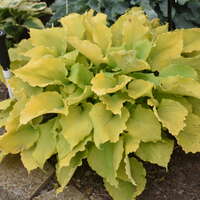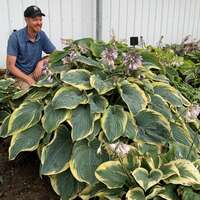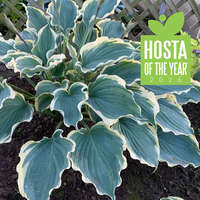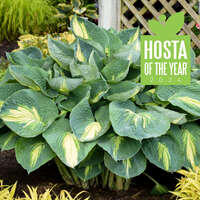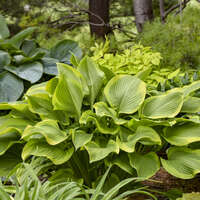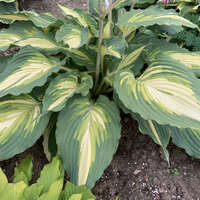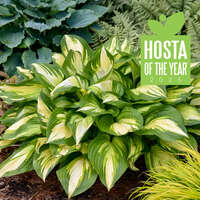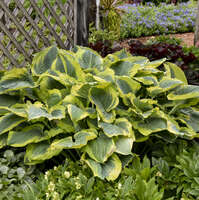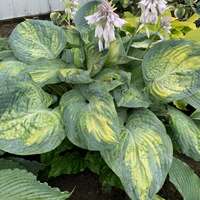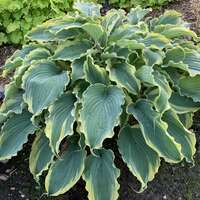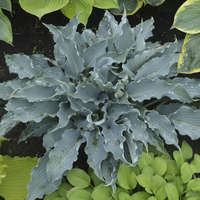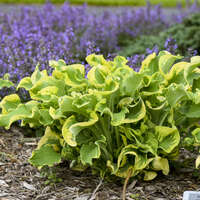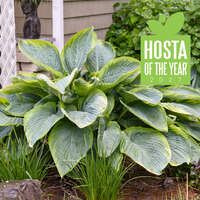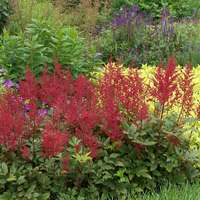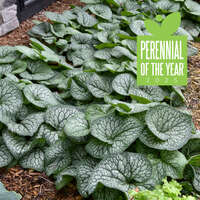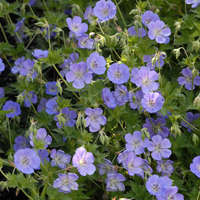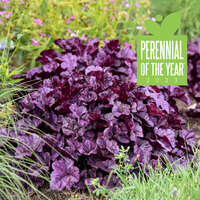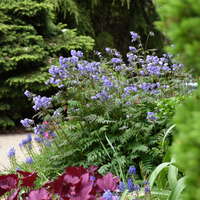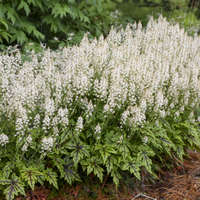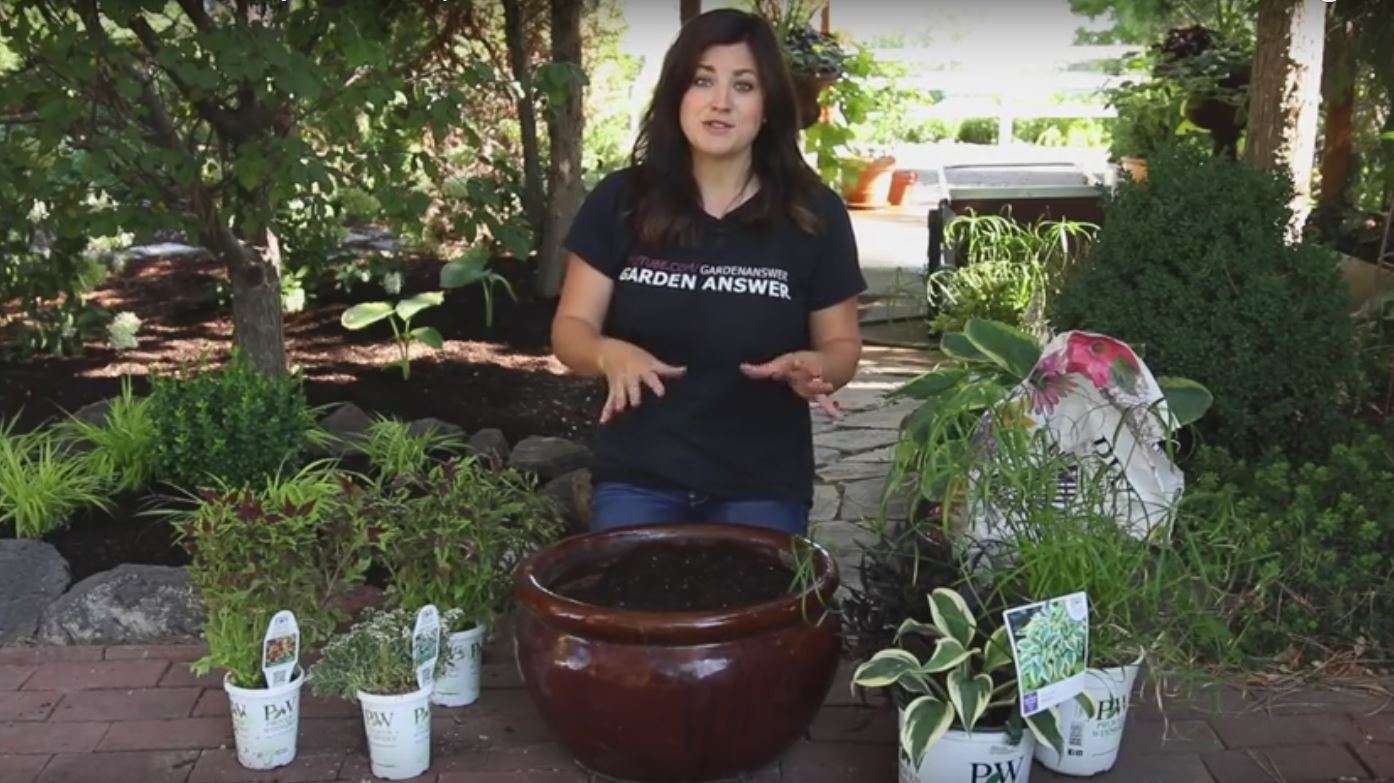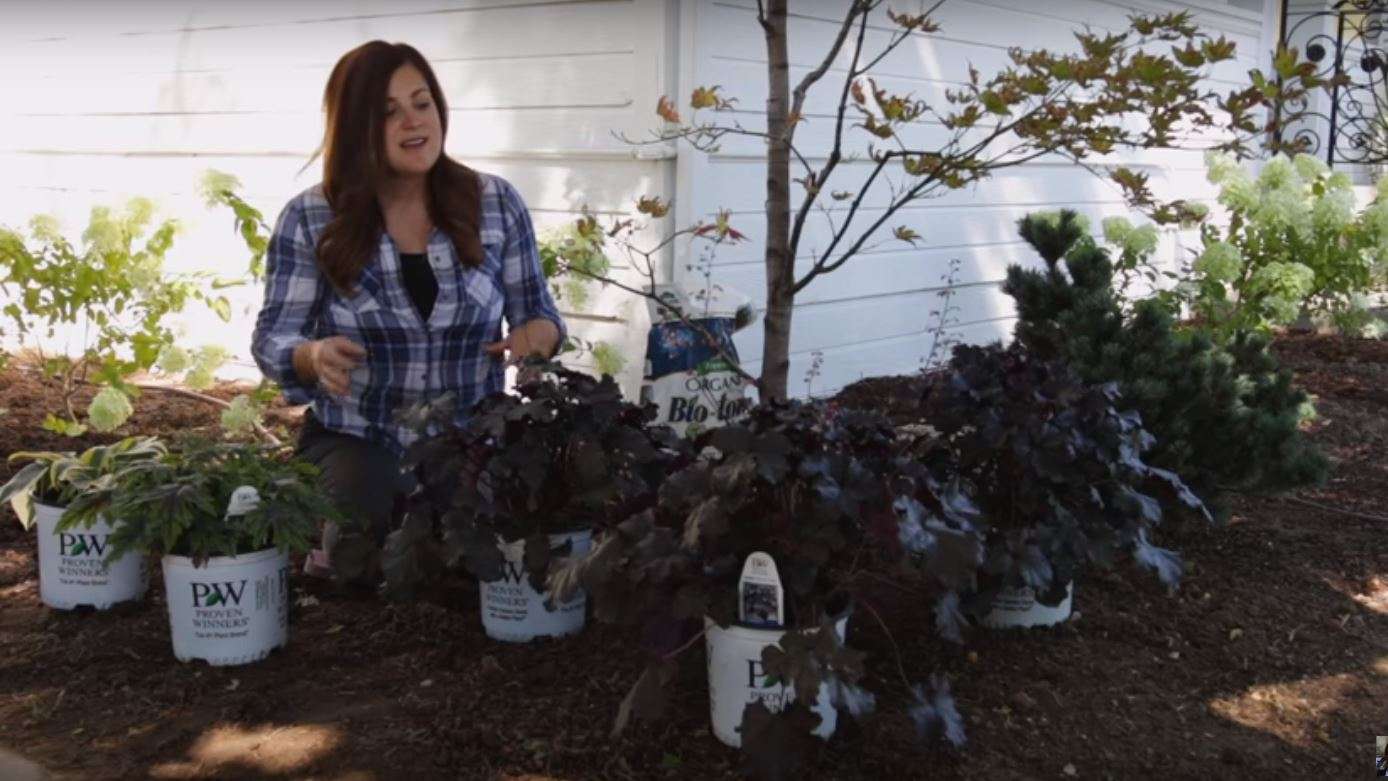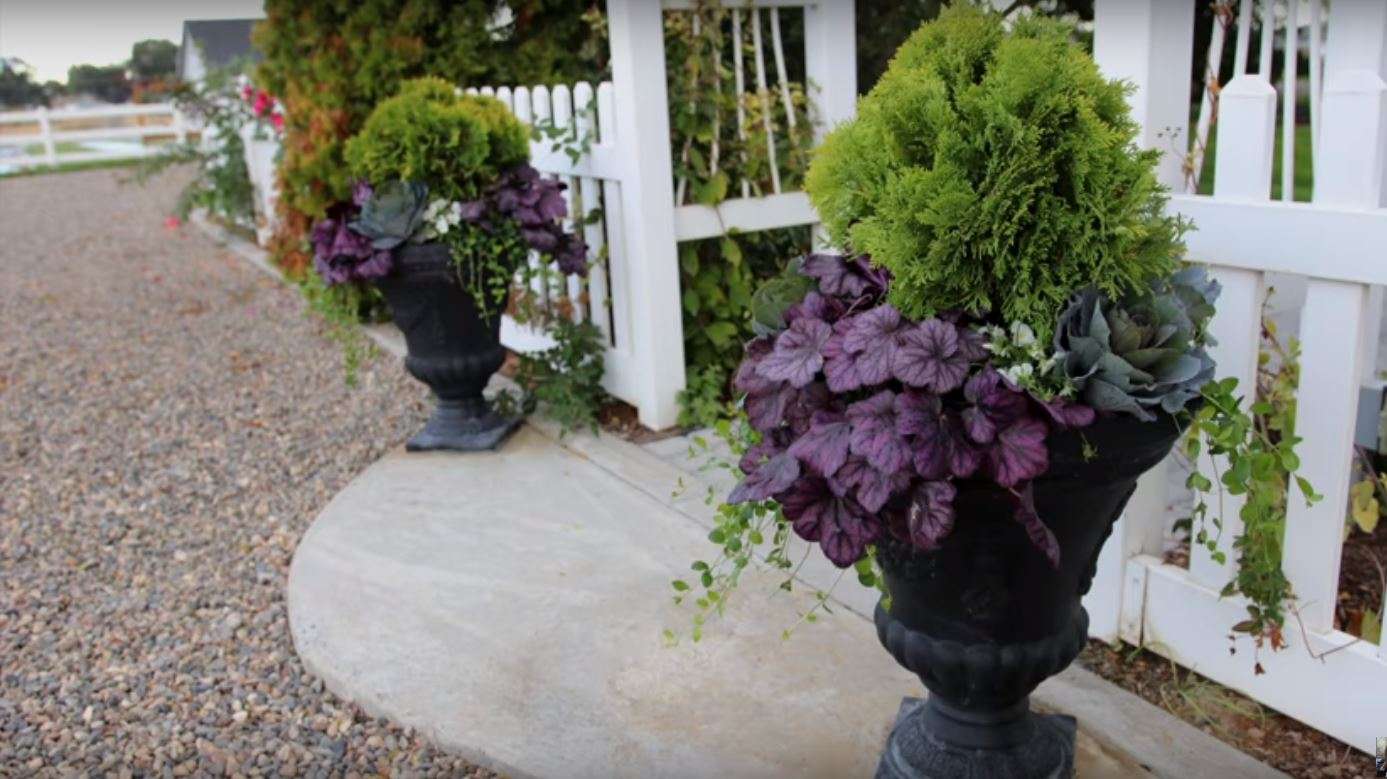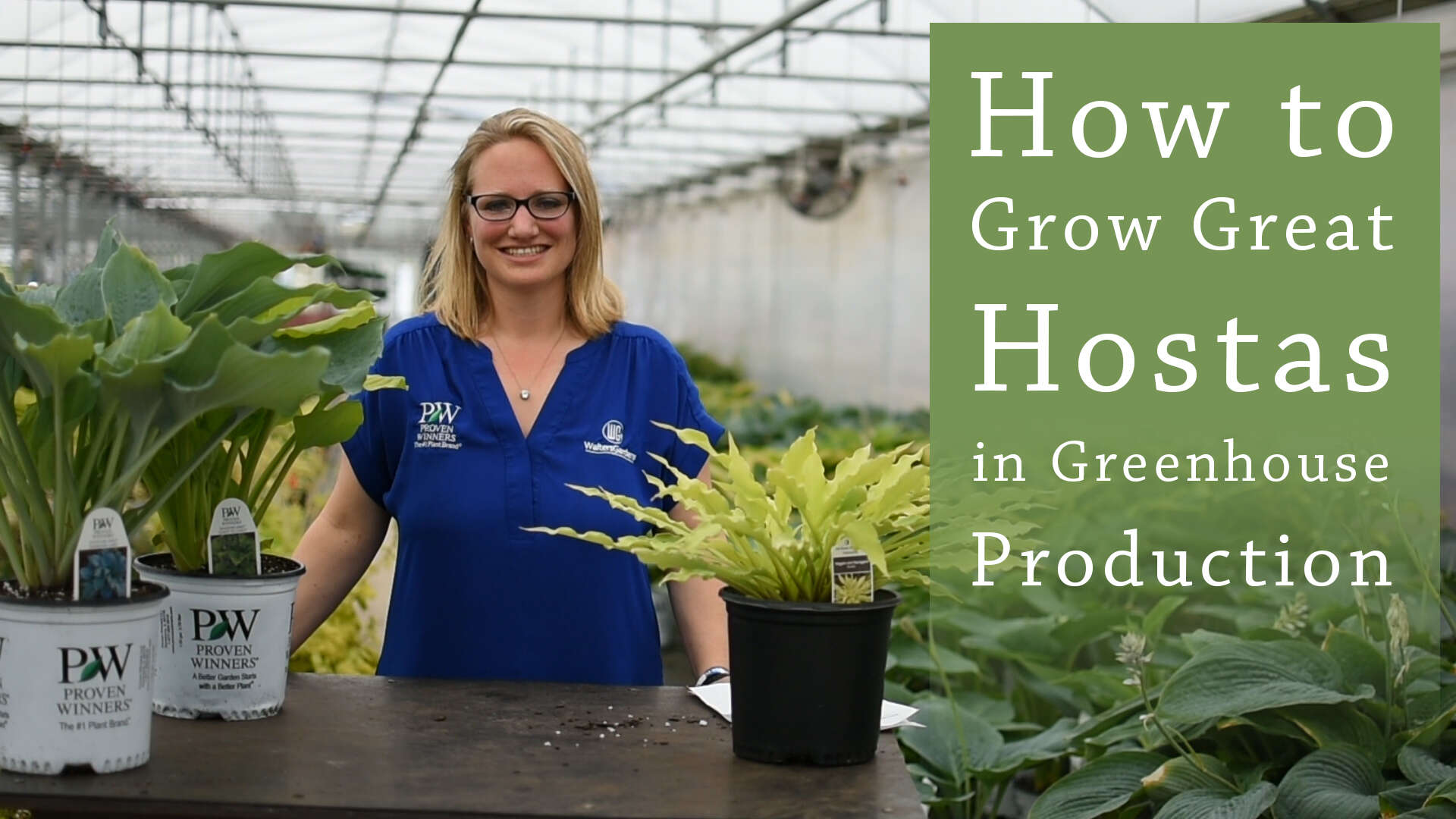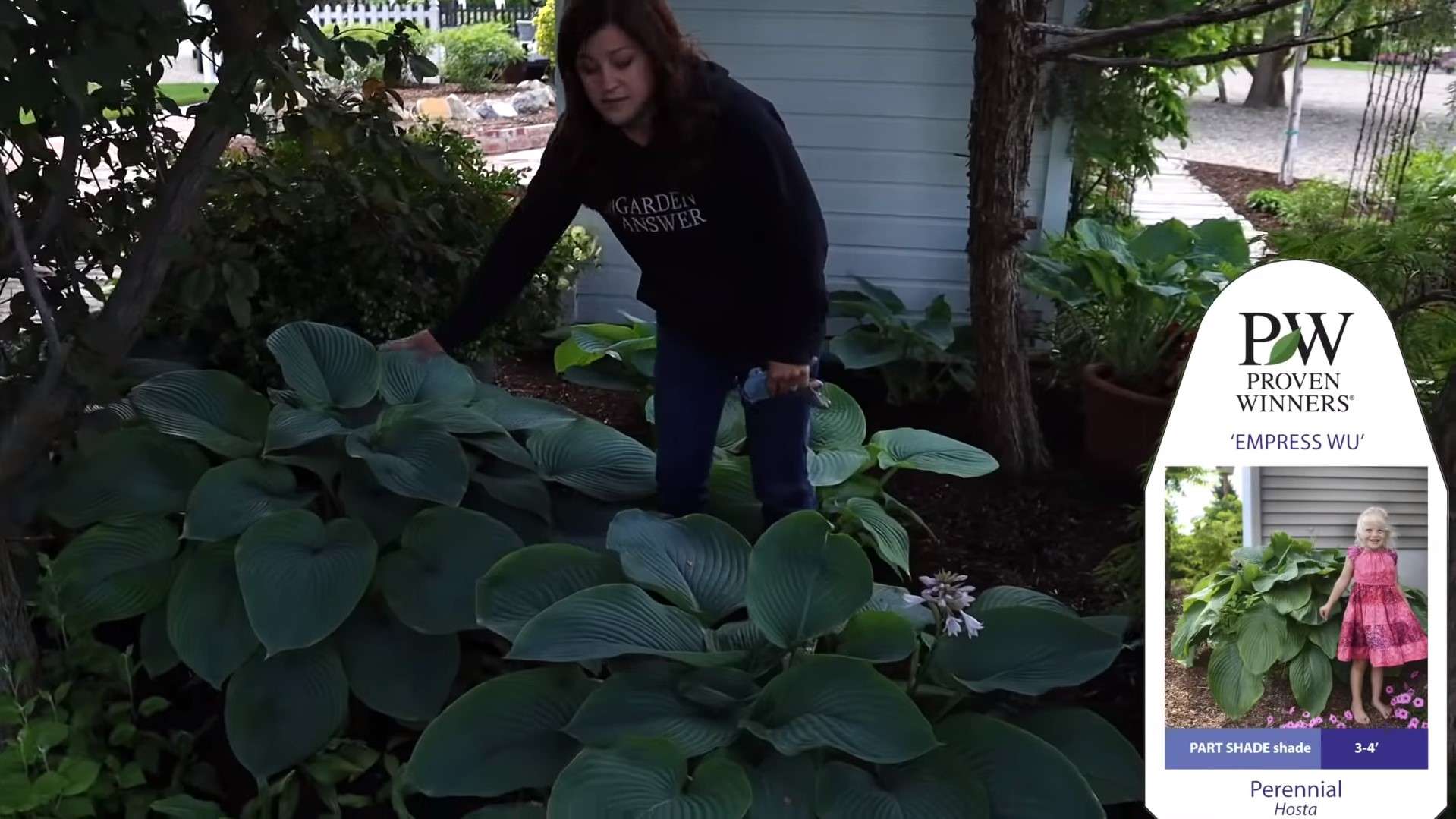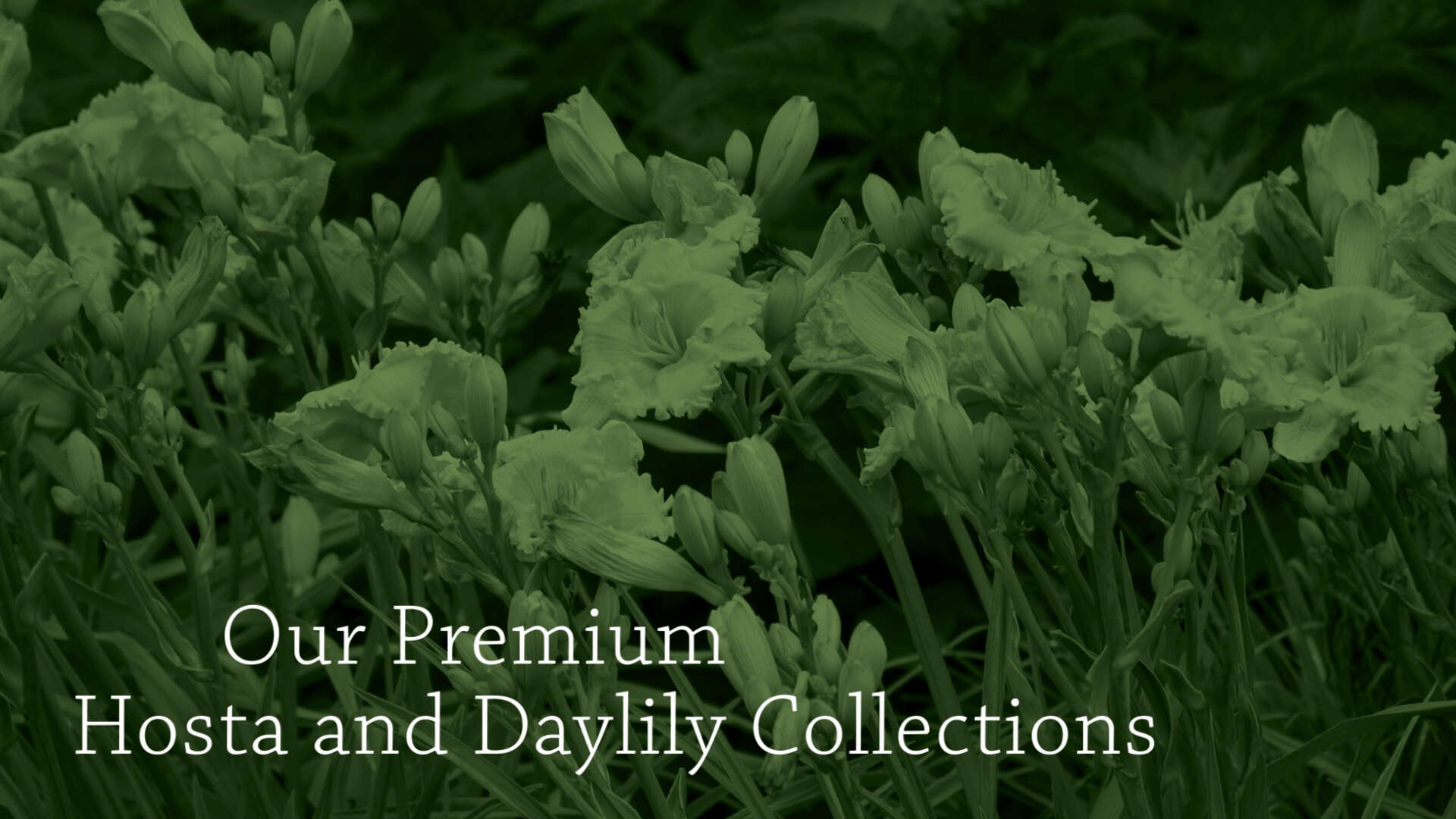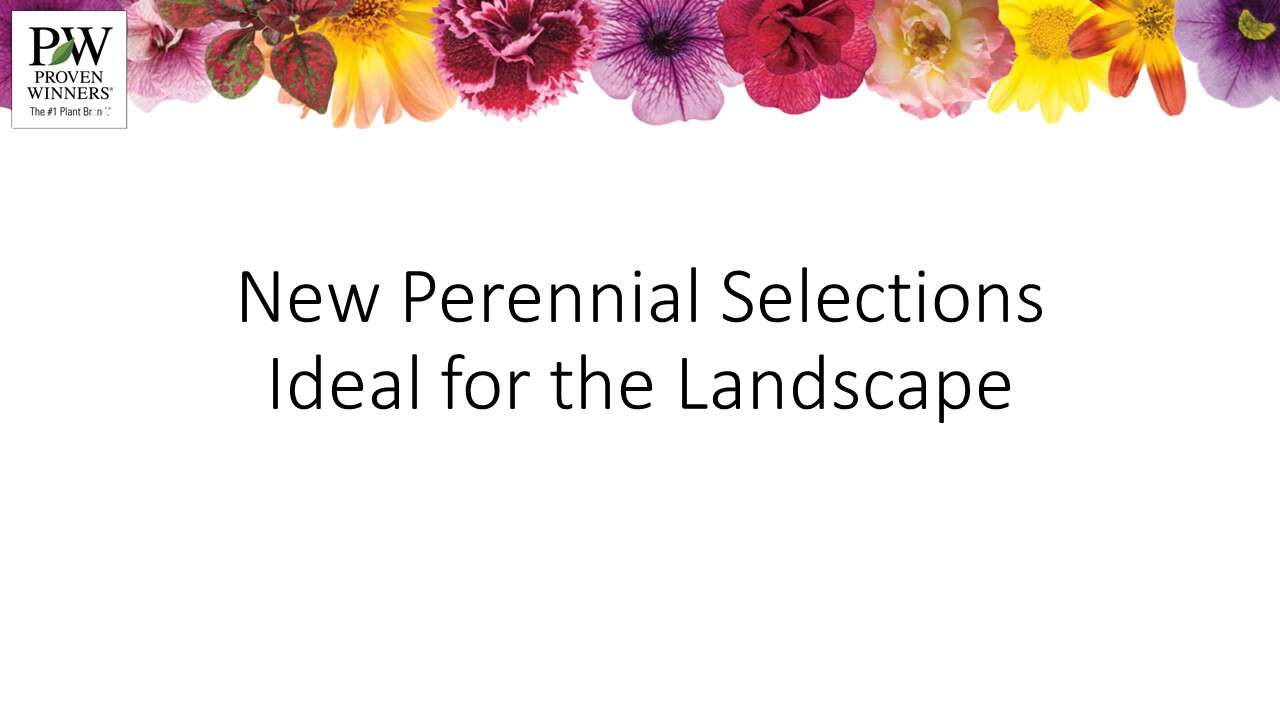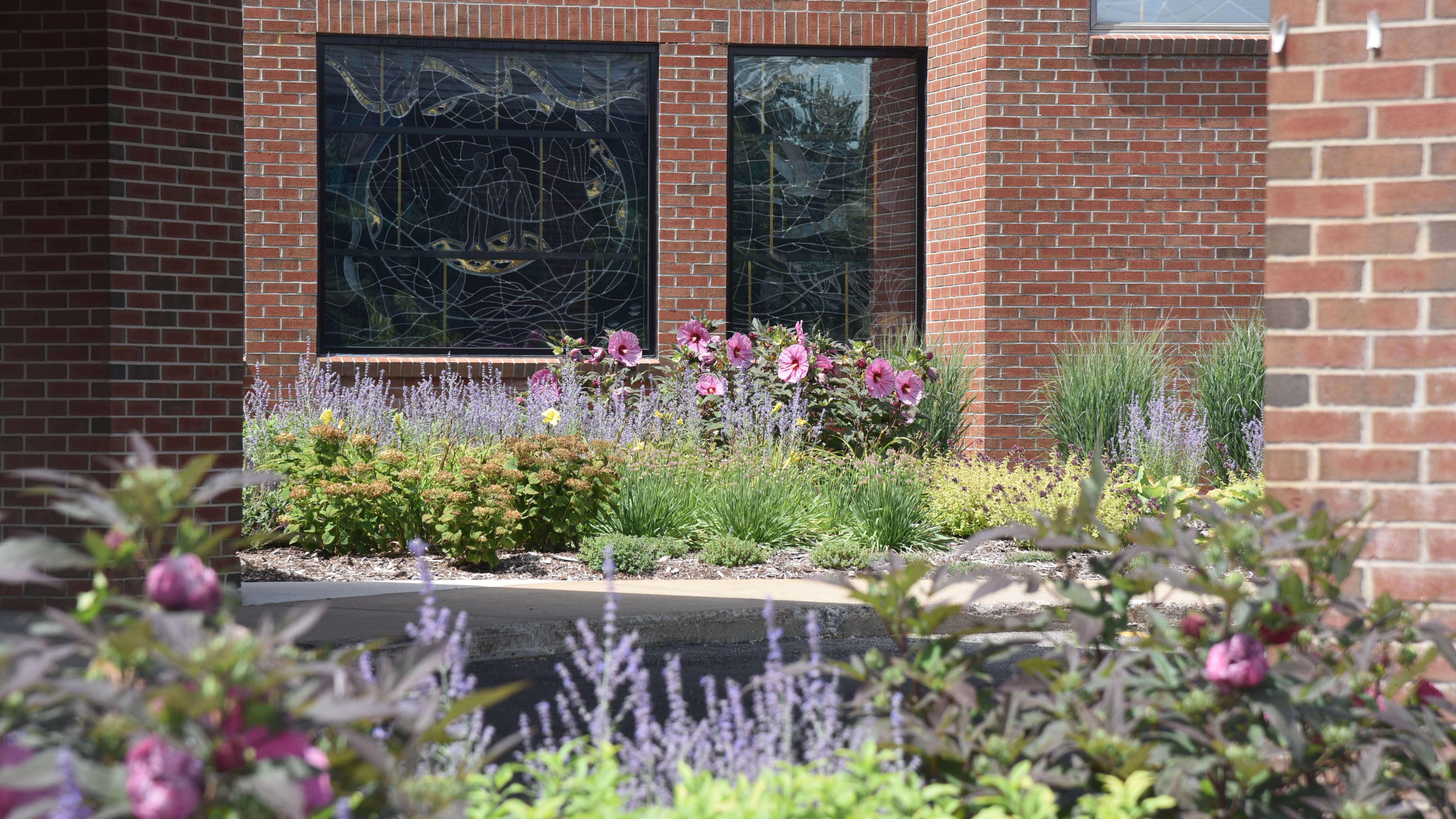Hosta 'Autumn Frost' PP23224 CPBR4946
SHADOWLAND® Collection



Common Name: Hosta
2019 Proven Winners National Hosta of the Year®
‘Autumn Frost’ is a sport of the 2010 AHGA Hosta of the Year, ‘First Frost’, which in turn is a sport of the champion of blue hostas, ‘Halcyon’. It is a showier version of ‘First Frost’, displaying extra wide margins.
The leaves emerge frosty blue with a bright yellow margin that lightens to creamy white during the summer. It forms a medium sized mound topped with light lavender flowers in mid to late summer.
Hostas are exceedingly popular perennials in today's gardens due to their versatility in the landscape. Their subtle colors, tall flower scapes, and broad, coarse leaves fill a niche in garden designs that few other plants can achieve. Their large leaves provide excellent coverage for dying bulb foliage. Hostas also grow well in city environments where the air may be polluted by car exhaust, etc.
Premium Hostas
This premium hosta variety is part of a group of the finest hostas available today. To be considered a premium hosta, plants must perform superbly in many zones. They must also exhibit exemplary garden presence and performance, have a long season of appeal in the landscape, have leaves of good substance, and demonstrate a greater resistance to common garden pests.
The SHADOWLAND® trademark is owned by Walters Gardens, Inc.
